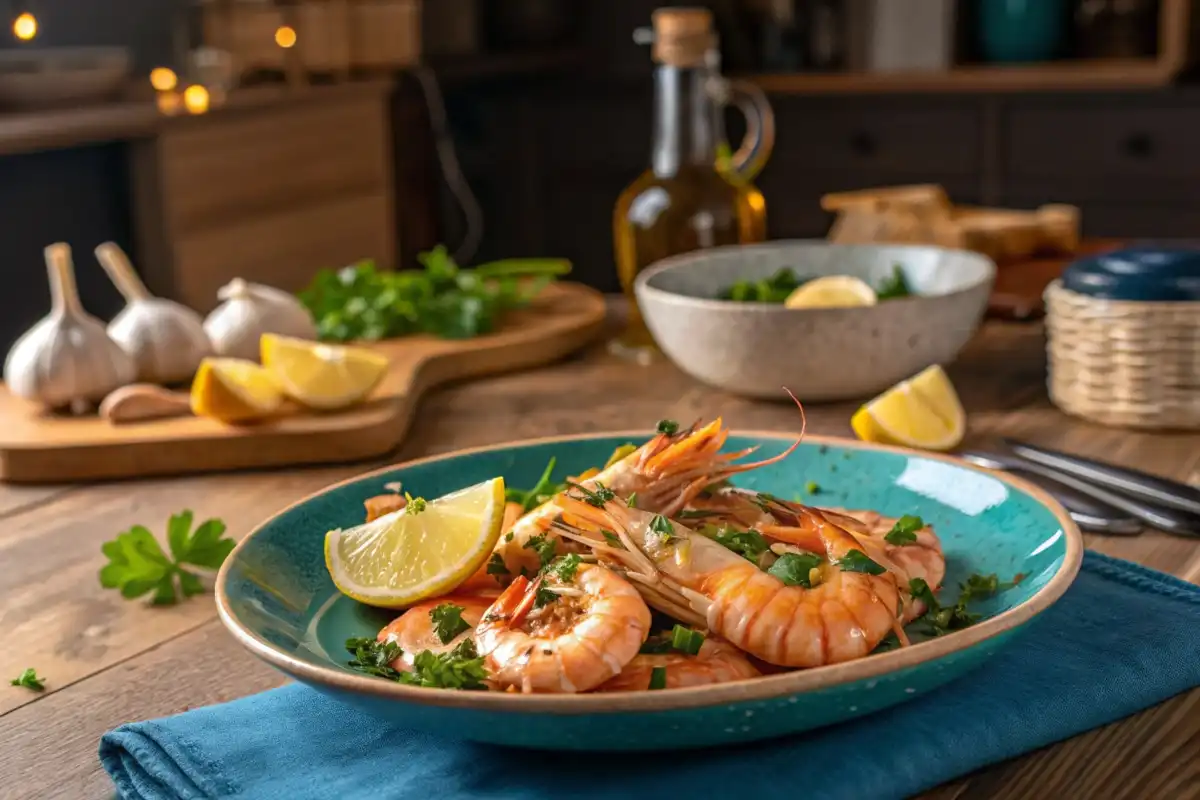Introduction
If you’re wondering “Are langostino tails healthy?” , you’re not alone. These small, shrimp-like crustaceans have gained popularity in recent years due to their sweet flavor and tender texture. But do they pack the same nutritional punch as other seafood options like salmon or shrimp? In this comprehensive guide, we’ll explore the health benefits of langostino tails, provide a simple recipe, and answer common questions about this delightful seafood.
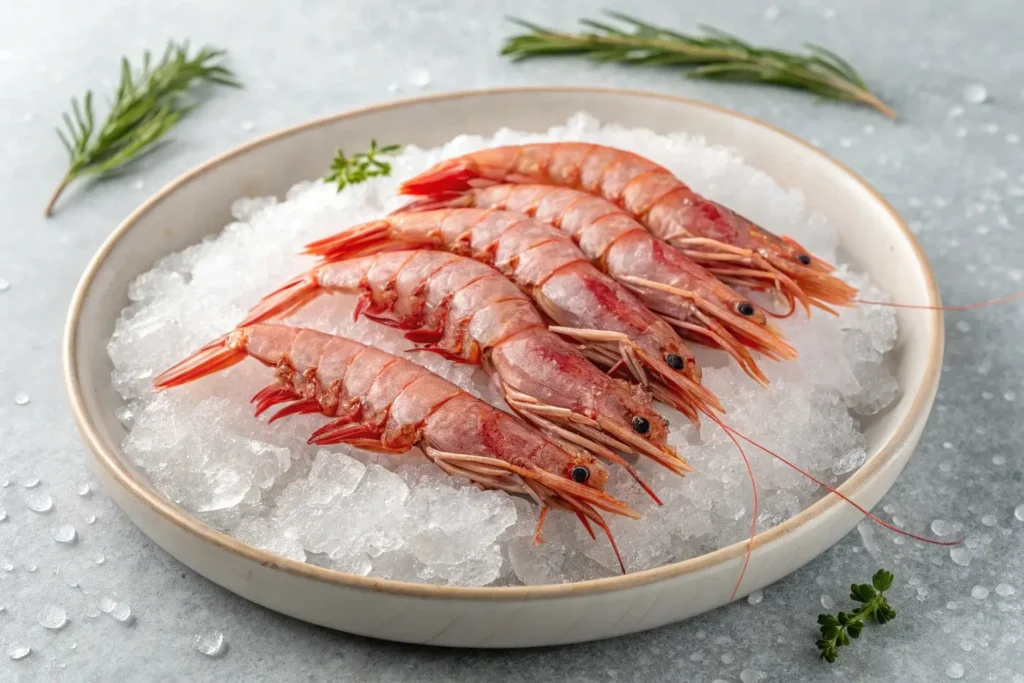
What Are Langostino Tails?
Langostino tails come from a species of squat lobster known scientifically as Pleuroncodes monodon . Despite their name, they are not true lobsters but belong to the same family as crabs and shrimp. Found primarily in the Pacific Ocean, these creatures are prized for their mild, slightly sweet flavor and delicate texture.
Fun Fact: Langostinos are often referred to as “baby lobsters,” though they are technically a different species entirely.
Joke Time: Why did the langostino tail go to the party? Because it wanted to make a splash—literally!
Nutritional Profile of Langostino Tails
When it comes to nutrition, langostino tails offer several benefits that make them a great addition to a balanced diet. Here’s a breakdown of what you can expect:
- Low in Calories : With approximately 70 calories per 3-ounce serving, langostino tails are an excellent choice for those watching their weight.
- Rich in Protein : Each serving provides around 16 grams of high-quality protein, essential for muscle repair and growth.
- Omega-3 Fatty Acids : Like other seafood, langostino tails contain heart-healthy omega-3s, which support cardiovascular health.
- Vitamins and Minerals : They are packed with vitamins B12, D, and minerals like selenium and phosphorus.
However, it’s important to note that some commercially available langostino products may include added sodium or preservatives, so always check labels carefully.
Step-by-Step Langostino Tail Recipe: Garlic Butter Langostinos
Ready to cook up a storm with langostino tails? This quick and easy garlic butter recipe will bring out their natural sweetness while adding a touch of indulgence.
- Prep Time: 10 minutes
- Cook Time: 15 minutes
- Total Time: 25 minutes
- Yield: Serves 4
- Type of Dish: Appetizer/Main Course
- Cuisine: Seafood
Ingredients
| Ingredient | Quantity |
|---|---|
| Langostino tails | 1 lb |
| Unsalted butter | 1/2 cup |
| Minced garlic | 3 cloves |
| Lemon juice | 2 tbsp |
| Fresh parsley | 2 tbsp, chopped |
| Salt | To taste |
| Black pepper | To taste |
Instructions
- Prepare the Langostino Tails
Rinse the langostino tails under cold water and pat them dry with paper towels. Season lightly with salt and pepper. - Melt the Butter
In a large skillet over medium heat, melt the unsalted butter. Add minced garlic and sauté until fragrant (about 1 minute). - Cook the Tails
Add the langostino tails to the skillet, ensuring they are evenly coated in the garlic butter. Cook for 3-4 minutes per side, or until they turn pink and opaque. - Finish with Lemon and Parsley
Remove the skillet from heat and stir in lemon juice and fresh parsley. Serve immediately with crusty bread for dipping.
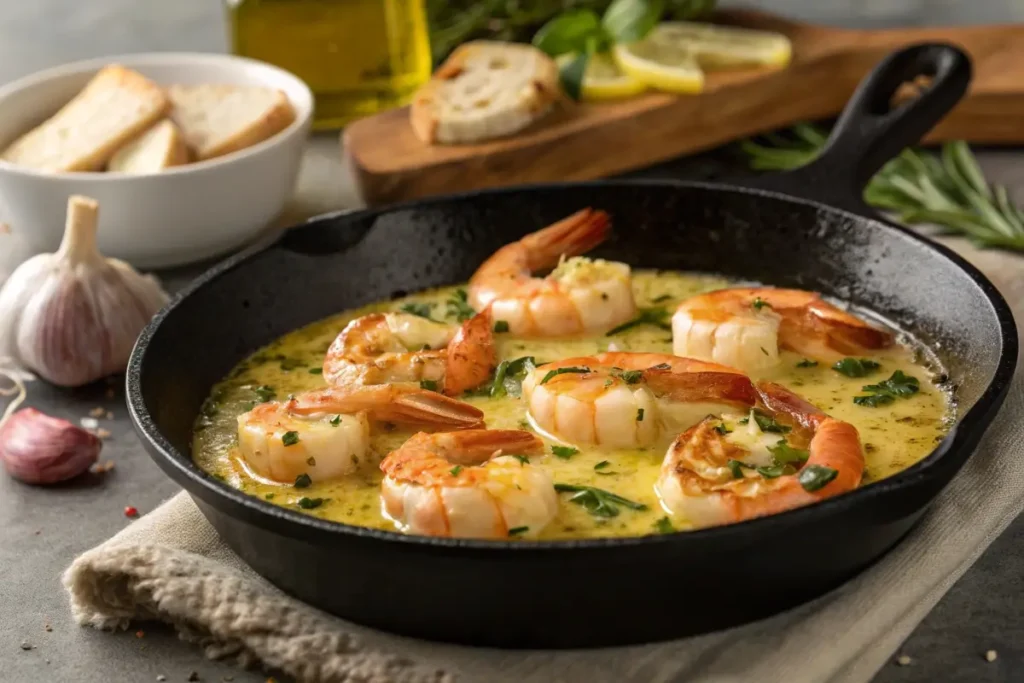
Nutrition Facts
Here’s a detailed nutrition table based on the garlic butter langostino recipe:
| Nutrient | Amount per Serving |
|---|---|
| Calories | 200 kcal |
| Total Fat | 12 g |
| Saturated Fat | 8 g |
| Cholesterol | 150 mg |
| Sodium | 100 mg |
| Total Carbohydrates | 1 g |
| Dietary Fiber | 0 g |
| Sugars | 0 g |
| Protein | 16 g |
Tips for Enjoying Langostino Tails
To get the most out of your langostino experience, consider these expert tips:
- Buy Fresh : Opt for fresh, unprocessed langostino tails whenever possible to avoid excess sodium.
- Pair Wisely : Serve langostino tails with light sides like steamed vegetables or quinoa salad to balance flavors.
- Experiment with Flavors : Try marinating the tails in citrus juices, herbs, or spices before cooking for added depth.
Creative Ways to Use Langostino Tails
While garlic butter langostinos are a classic preparation, there are countless ways to incorporate these tasty morsels into your meals. Here are a few ideas:
- Seafood Paella : Add langostino tails to a vibrant paella alongside mussels, clams, and shrimp.
- Salads : Toss chilled langostino tails with mixed greens, cherry tomatoes, and avocado for a refreshing appetizer.
- Pasta Dishes : Combine them with linguine, white wine sauce, and parmesan cheese for a luxurious dinner option.
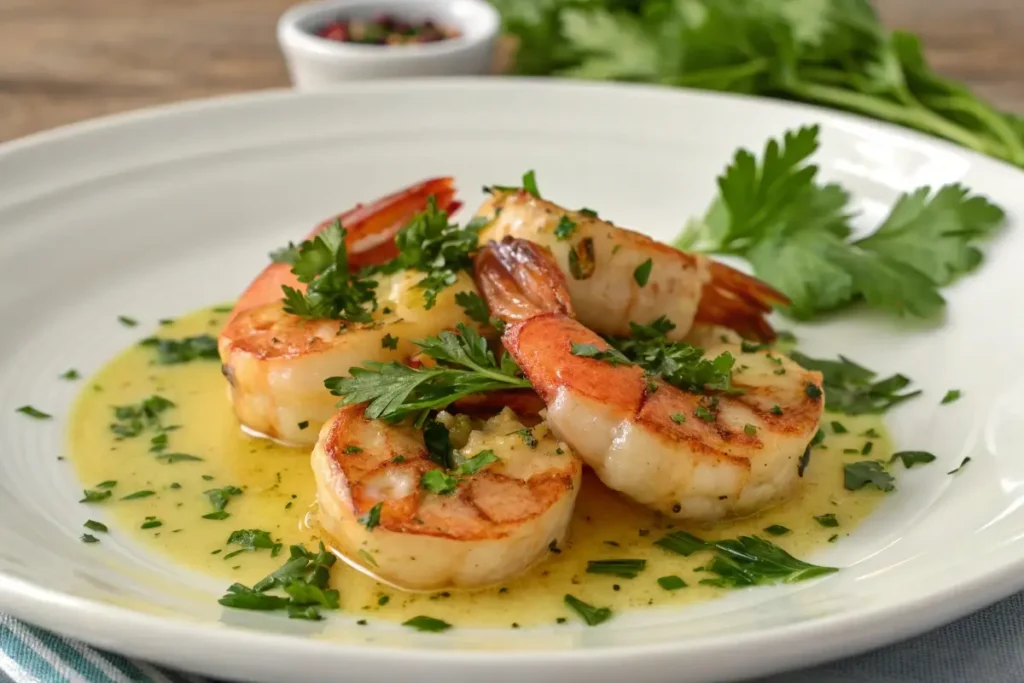
The Environmental Impact of Langostino Fisheries
As consumers become increasingly aware of environmental concerns, understanding the impact of langostino fisheries is crucial. Sustainable harvesting methods ensure populations remain stable while minimizing harm to marine ecosystems. Supporting certified brands helps promote responsible fishing practices.
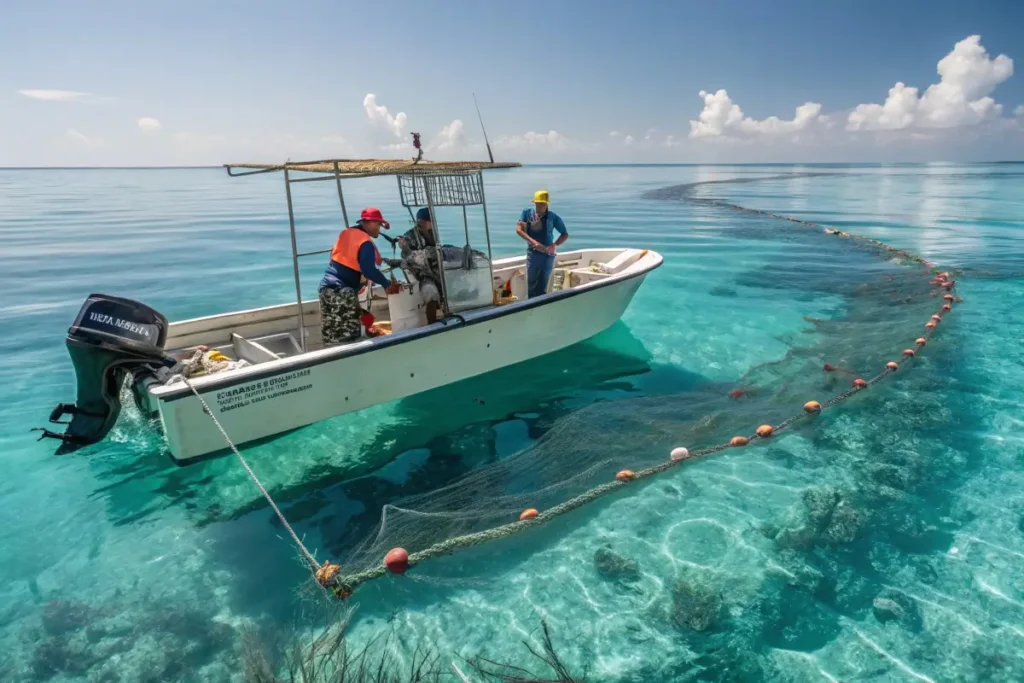
Pairing Suggestions for Langostino Tails
Enhance your dining experience by pairing langostino tails with complementary beverages and sides:
- Wine : A crisp white wine such as Sauvignon Blanc or Pinot Grigio pairs beautifully with their delicate flavor.
- Cocktails : Sparkling cocktails like prosecco or champagne elevate the dining atmosphere.
- Sides : Light accompaniments such as roasted potatoes, grilled asparagus, or creamy risotto create a well-rounded meal.

Health Benefits of Langostino Tails Beyond Nutrition
While the nutritional profile of langostino tails is impressive, their benefits extend beyond macronutrients and micronutrients. Incorporating langostino tails into your diet can support various aspects of health, making them more than just a tasty treat.
Heart Health
The omega-3 fatty acids found in langostino tails play a critical role in maintaining cardiovascular health. These essential fats help reduce inflammation, lower triglyceride levels, and improve blood pressure regulation. Regular consumption may decrease the risk of heart disease, making langostino tails an excellent choice for those prioritizing heart health.
Brain Function
Omega-3s are also vital for cognitive function and brain development. Studies suggest that diets rich in seafood, including langostino tails, may enhance memory, focus, and mood while reducing the risk of neurodegenerative diseases like Alzheimer’s.
Immune System Support
Langostino tails contain selenium, a mineral known for its antioxidant properties. Selenium helps protect cells from damage caused by free radicals, boosting immune system efficiency and supporting overall vitality.
Weight Management
Low in calories yet high in protein, langostino tails make an ideal food for weight management. Protein-rich foods promote satiety, helping you feel fuller longer and reducing the likelihood of overeating.
By incorporating langostino tails into your meals, you’re not only indulging in delicious flavors but also investing in long-term health and wellness.
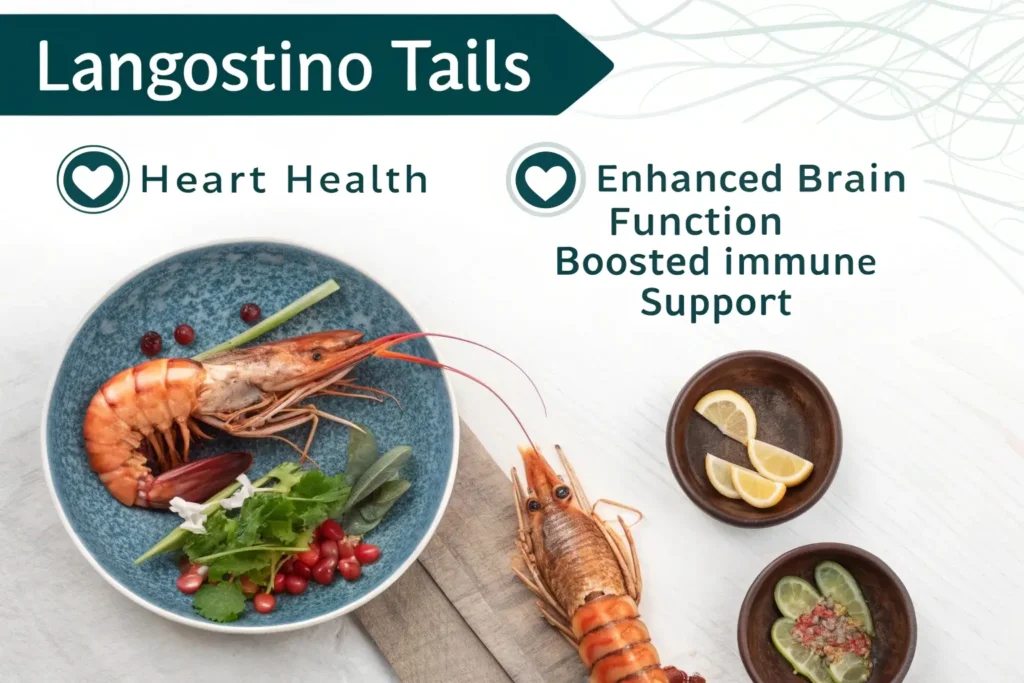
The Cultural Significance of Langostino Tails
Langostino tails aren’t just a culinary delight; they also hold cultural significance in regions where they are harvested and consumed. In coastal communities around the world, these small but mighty crustaceans represent tradition, livelihood, and community spirit.
A Staple in Latin American Cuisine
In countries like Chile and Peru, langostino tails feature prominently in traditional dishes such as ceviche, soups, and stews. These recipes often combine local ingredients with fresh seafood, creating vibrant flavors that reflect the region’s rich heritage.
Celebrating Seafood Festivals
Many coastal towns host annual festivals celebrating the bounty of the sea, including langostino tails. These events bring together fishermen, chefs, and food enthusiasts to showcase innovative preparations and honor age-old traditions. Attending one of these festivals is a great way to experience the culture surrounding langostino tails firsthand.
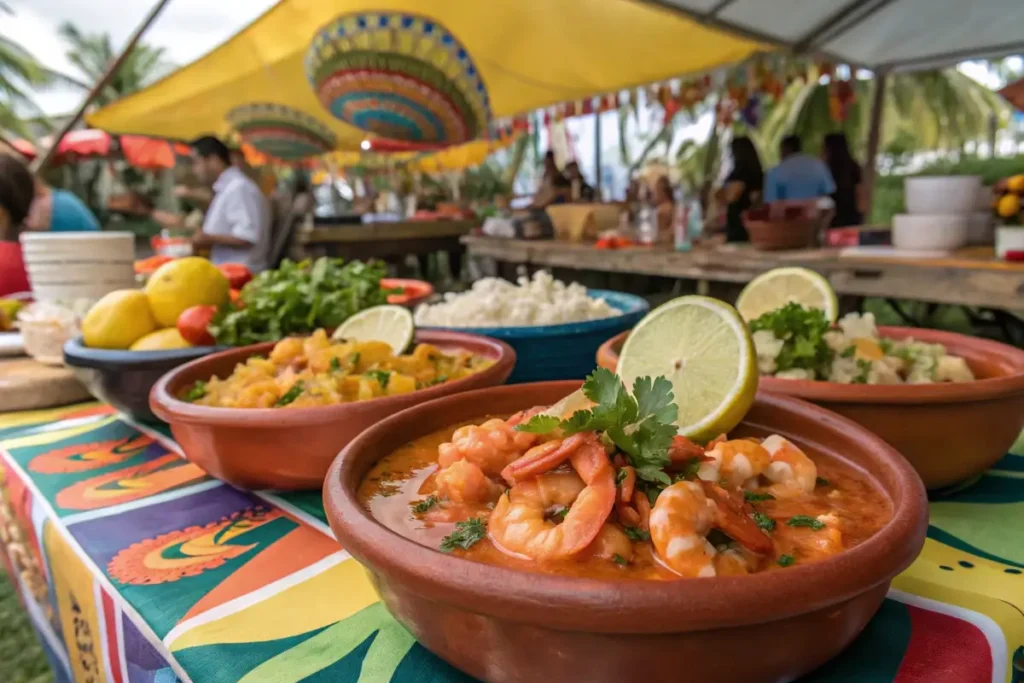
Debunking Common Myths About Langostino Tails
Despite their growing popularity, langostino tails are sometimes misunderstood. Let’s address some common misconceptions and set the record straight:
Myth #1: Langostino Tails Are Just Fancy Shrimp
While langostino tails resemble shrimp in appearance, they belong to a completely different family of crustaceans. Their distinct flavor and texture set them apart, making them a unique addition to any meal.
Myth #2: They’re Always Expensive
Although premium brands may command higher prices, affordable options exist for budget-conscious consumers. Frozen or canned langostino tails offer convenience without sacrificing quality, allowing you to enjoy this delicacy anytime.
Myth #3: All Langostino Products Are Sustainable
Not all langostino fisheries adhere to sustainable practices. However, by choosing eco-certified products, you can ensure your purchase supports responsible fishing methods and protects marine ecosystems.
Clearing up these myths empowers readers to make informed decisions when purchasing and preparing langostino tails.
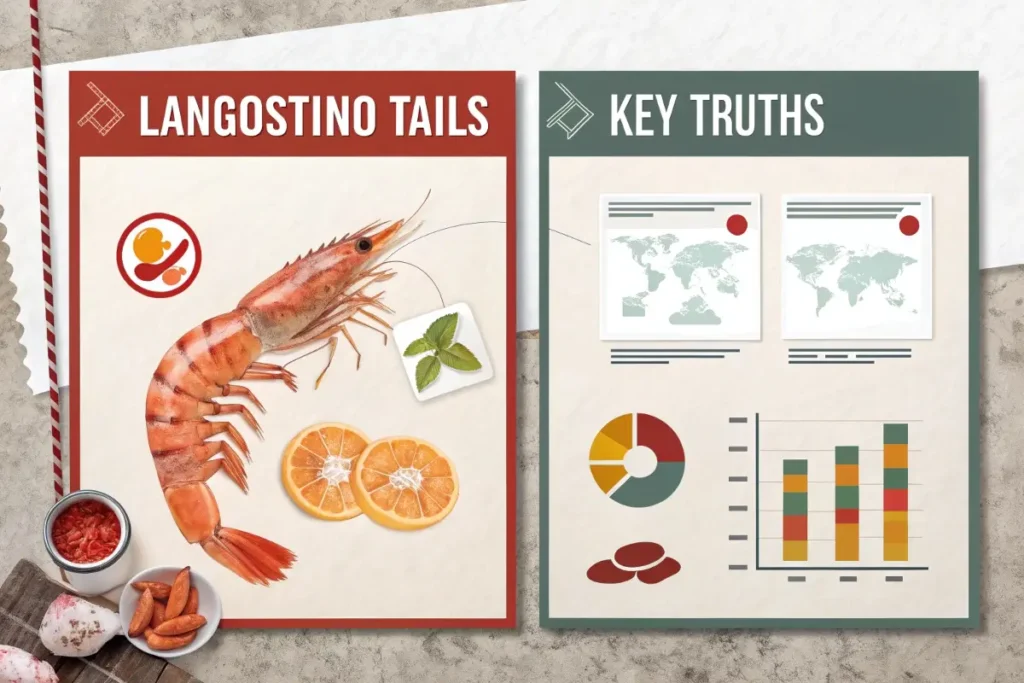
Cooking Techniques for Maximum Flavor
Mastering the art of cooking langostino tails ensures you unlock their full potential. Here are three techniques to elevate your dishes:
Grilling for Smoky Goodness
Grilled langostino tails develop a delightful charred exterior while retaining their juicy interior. Brush them with olive oil, season with garlic powder and paprika, and grill for 2-3 minutes per side for maximum flavor.
Poaching for Delicate Results
Poaching langostino tails in a flavorful broth preserves their tenderness and enhances their natural sweetness. Add herbs like thyme, bay leaves, and lemon slices to the liquid for an aromatic touch.
Roasting for Intensity
Roasted langostino tails concentrate their flavors, creating a richer taste profile. Toss them with olive oil, salt, and pepper, then roast at 400°F (200°C) for 8-10 minutes until golden brown.
Experimenting with these techniques allows you to discover new ways to enjoy langostino tails, keeping meals exciting and delicious.
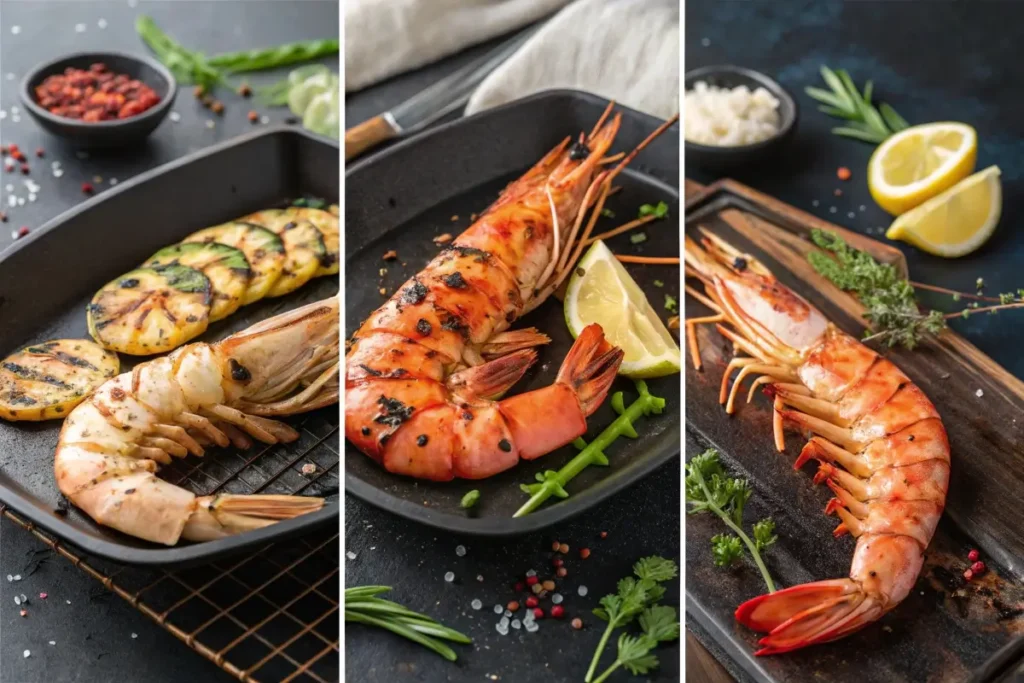
Frequently Asked Questions (FAQs)
Q1: Are langostino tails the same as shrimp?
No, langostino tails are not shrimp but rather a type of squat lobster. While similar in appearance, they differ in taste and texture.
Q2: Can I eat langostino tails every day?
Moderation is key. While langostino tails are nutritious, consuming too much seafood daily may lead to excessive mercury intake. Aim for 2-3 servings per week.
Q3: How should I store langostino tails?
Keep langostino tails refrigerated at or below 40°F and consume within two days. Alternatively, freeze them for up to three months.
Q4: Are langostino tails sustainable?
Langostino fisheries vary in sustainability practices. Look for eco-certified brands or consult local guidelines for environmentally friendly options.
Conclusion
Now that you know langostino tails are healthy when prepared mindfully, you’re ready to incorporate them into your diet. Whether enjoyed as a standalone dish or paired with other ingredients, these crustaceans offer both flavor and nutrition. So head to your nearest seafood market, pick up some langostino tails, and start cooking today!
Happy eating—and don’t forget to share your creations with friends and family!
